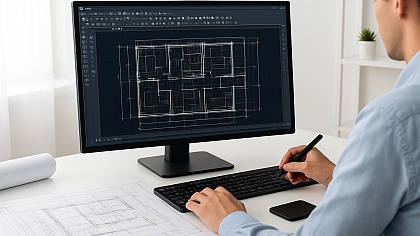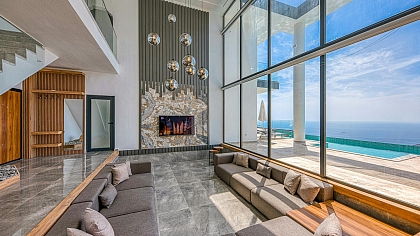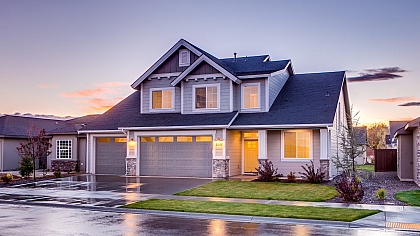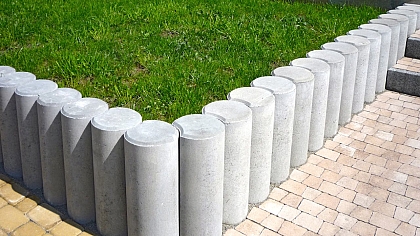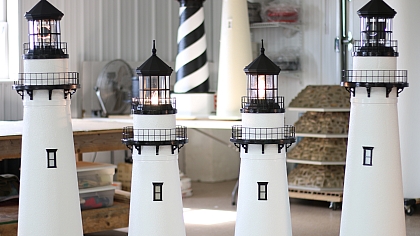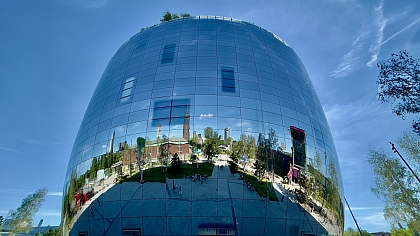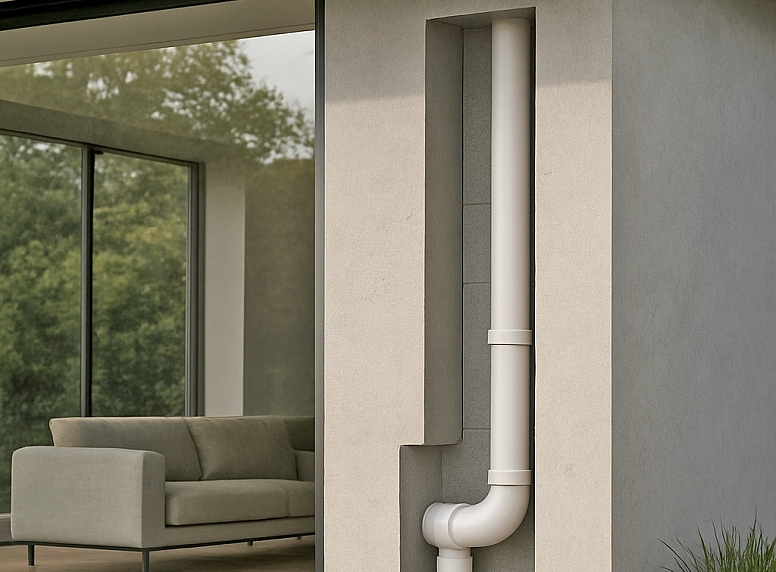
Flawless Plumbing for Cutting-Edge Architecture
As you sketch daring cantilevers and glass walls, you probably picture seamless pipes hidden behind them, too. Creating such unobtrusive systems means thinking about water pressure and waste routes as early as the façade studies.
You’ll also want honest feedback on what actually works; browsing reviews on Dan's Plumbing can highlight real-world hiccups designers often overlook. Let’s explore how precise planning keeps your architecture’s veins clear for years to come.
Smart Plumbing Breakthroughs
Picture stepping into a home where valves whisper, meters text, and showers greet you by name; that seamless orchestration defines smart plumbing’s latest breakthroughs for cutting-edge architecture.
- Real-time dashboards stream usage data to your phone, helping tweak consumption before utility bills spike, a feature highlighted by industry analysts forecasting 2025 trends.
- Self-learning fixtures adjust flow profiles according to time of day, shaving liters without sacrificing comfort in kitchens, powder rooms, and rooftop spas.
- Voice-activated valves integrate with existing hubs, so simple commands shut water off instantly when sensors detect unusual vibration patterns in supply lines.
- Algorithmic leak prediction taps pressure signatures to schedule micro-repairs long before drips reach drywall, preserving aesthetics and budgets simultaneously.
- Modular controllers slot into manifold cabinets, letting architects hide brains behind panels while maintaining easy upgrade paths for tomorrow’s firmware.
By building these innovations into blueprints now, you future-proof infrastructure, create marketable wow-moments, and protect the planet without sacrificing luxurious everyday rituals.
Eco-Focused Water Strategies
Designing sustainably means coaxing every droplet through multiple useful lives instead of watching it disappear down drains, and eco-focused strategies make that practical, elegant, and affordable.
Low-Flow Mastery
Install aerated faucets and dual-flush toilets to curb demand; contemporary cartridges maintain satisfying pressure while shrinking per-minute volume to under two gallons.
Thermal Efficiency
Wrap supply lines in closed-cell insulation so hot water arrives quickly, reducing lag-time waste and shrinking heating loads across multistory elevations.
Smart Irrigation
Couple moisture probes with weather APIs; landscaping then drinks only what it needs, turning rainfall prediction into tangible monthly savings on metered accounts.
Greywater Reuse
Laundry and shower discharge rerouted through compact bio-filters nourishes rooftop gardens, adding LEED points while keeping potable supplies pristine for drinking.
Material Responsibility
Select recycled copper or stainless piping, both infinitely recyclable, and specify low-VOC sealants to protect job-site crews plus long-term indoor air quality.
Next-Gen Leak Detection
Hidden leaks silently undermine concrete slabs and acoustic ceilings; next-gen detection technologies expose stealthy faults before they blossom into disasters.
- Ultrasonic probes compare baseline resonance against live readings, pinpointing compromised joints without punching exploratory holes through finished surfaces.
- Thermal imaging reveals subtle temperature gradients where cold water escapes pressurized circuits, accelerating diagnosis during commissioning and maintenance calls.
- Wi-Fi shut-off valves isolate breached zones instantly, mitigating damage and securing discounts from forward-thinking insurance carriers.
- 24/7 monitoring services deliver text alerts the moment anomalies register, keeping property managers calm.
- AI trend analysis crunches sensor data to highlight flow anomalies correlated with seasonal shifts, occupant behavior, and municipal pressure fluctuations.
Integrate these capabilities into building management systems early, and maintenance downgrades from emergency response to routine scheduled tune-ups.
High-Efficiency Water Heaters
Hot water is comfort’s backbone, yet outdated tanks guzzle energy; high-efficiency replacements slice carbon footprints and unlock attractive rebates.
Condensing Tank Models
By reclaiming exhaust heat, condensing units achieve ratings over 0.9 UEF, making them ideal for commercial suites requiring constant draw.
Tankless Perfection
On-demand heaters fire only when taps open, freeing mechanical rooms from bulky reservoirs and delivering endless steamy showers to penthouse occupants.
Hybrid Heat Pumps
Drawing ambient warmth from mechanical closets, hybrids cut electricity usage roughly 60 per cent while offering dehumidification as a free side benefit.
Solar Integration
Roof panels pre-warm circulation loops; auxiliary elements finish the job, ensuring resilience during cloudy stretches while slashing grid dependence.
Controls & Connectivity
Mobile applications schedule recirculation cycles around occupancy patterns, balancing instant comfort with deep energy conservation.
Space-Saving Pipe Layouts
Modern architecture celebrates clean lines and flexible interiors, so plumbing must occupy less real estate without sacrificing performance or code compliance.
Manifold Distribution
A central manifold supplies color-coded PEX branches directly to fixtures, minimizing joints, boosting pressure, and eliminating messy chase walls.
Vertical Wet Walls
Stacking bathrooms and kitchens concentrates services, eases maintenance access, and opens floorplates for adaptable live-work configurations.
Shallow Trap Assemblies
Innovative low-profile traps fit within thin slabs, granting architects freedom to lower stories or increase ceiling heights for dramatic visuals.
Prefabricated Cassettes
Factory-built wall sections arrive with insulated risers pre-tested, shrinking on-site labor and streamlining project timelines.
BIM Coordination
Three-dimensional modeling catches clashes before anyone cuts steel, ensuring ducts, conduits, and drain lines coexist peacefully inside narrow shafts.
Touchless Fixture Ecosystems
Hands-free fixtures were once novelty items; today they anchor hygienic, resilient environments that tenants and visitors trust implicitly.
- Motion faucets activate only when needed, annihilating the age-old struggle of turning knobs with soap-slick fingers.
- Automatic flushometers eradicate handle germs, satisfying public-health codes while allaying user anxieties during flu seasons.
- Sensor showers maintain exact temperatures, preventing scalds and boosting water efficiency through programmable timeouts.
- UV-sterilizing spouts bathe outlets in light between uses, an invisible guardian ensuring microscopic cleanliness.
- Central analytics track usage trends, allowing custodial teams to service restrooms based on real demand instead of rigid schedules.
Adopting these ecosystems elevates brand perception, reduces maintenance calls, and aligns properties with post-pandemic expectations of contactless interaction.
Greywater Recycling Tactics
Reimagining wastewater as a reusable asset transforms building footprints, slashes municipal fees, and nourishes lush biophilic spaces without guilt.
Collection Networks
Dedicated drain lines capture shower, lavatory, and laundry effluent, keeping grey streams uncontaminated by kitchen grease or toilet waste.
Treatment Modules
Compact bio-filters inoculated with beneficial microbes remove soaps and particulates, producing clear irrigation-ready water within sleek mechanical enclosures.
Storage & Pumping
Sub-slab tanks with variable-speed pumps deliver recycled supply on demand, adjusting pressure for drip lines, flushing circuits, and cooling towers.
Regulatory Compliance
Smart controllers log volumes and treatment efficacy, generating reports that simplify permitting in jurisdictions embracing progressive conservation codes.
User Engagement
Displays in lobbies showcase gallons saved, turning engineering feats into tangible storytelling that residents proudly share with visitors.
IoT Monitoring Frameworks
Internet-of-Things infrastructure turns passive plumbing into a talking, thinking network that anticipates needs and validates design assumptions in real time.
Sensor Mesh
Pressure nodes, flow meters, and humidity beacons blanket risers and appliances, streaming second-by-second telemetry to secure cloud dashboards.
Predictive Analytics
Machine-learning models compare live data against digital twins, flagging anomalies hours or days before conventional alarms would notice.
Technician Apps
Field crews receive route-optimized work orders and augmented-reality overlays, accelerating fixes and reducing site disruptions to minutes.
Client Portals
Owners check status, pull sustainability reports, and authorize repairs from anywhere, fostering transparency that elevates long-term service relationships.
Cyber Security
End-to-end encryption plus role-based access ensures only approved devices interact with valves, preserving safety while embracing connectivity.
Prefabricated Stack Solutions
High-rise cores crave streamlined drainage; prefabricated single-stack systems answer by merging venting and waste into one intelligent vertical artery.
- Space liberation removes parallel vent pipes, giving architects precious floor area that can become rentable suites or broader corridors.
- Rapid assembly factory-cut segments arrive labeled and pressure-tested, trimming crane time and weather exposure on congested city sites.
- Pressure attenuation devices like stack aerators and P.A.P.A. dampen transient surges, safeguarding trap seals across extreme flow events.
- Retrofit adaptability modular couplings allow insertion into aging buildings with tight shafts, solving chronic gurgling woes economically.
- Performance validation CFD modeling confirms airflow patterns, ensuring compliance with international codes without oversized vents.
By standardizing stacks off-site, projects enjoy predictable quality, quicker schedules, and simpler coordination between trades working within slender cores.
PEX Piping Advantages
Finally, selecting the right material underpins every preceding innovation, and cross-linked polyethylene (PEX) delivers flexibility, durability, and value unmatched by legacy metals.
Unlike rigid copper, PEX snakes around beams in continuous runs, eliminating countless joints that typically harbor future leaks, while its silent flow curbs water-hammer reverberations.
Freeze-thaw cycles no longer threaten ruptures because tubing expands and contracts without splitting, a critical advantage for exposed sections beneath green roofs or balconies.
Quick-connect fittings shave labor hours, permitting late-stage layout tweaks that often arise when interior designers reposition sinks or coffee bars for aesthetic harmony.
Cost savings compound through lower material prices and reduced installation time, freeing the budget for premium fixtures that visibly wow occupants and investors alike.
In today’s competitive construction landscape, plumbing design is as much about foresight as finesse, where anticipating maintenance realities can be just as crucial as engineering elegant façades.
Blueprint Wrap-Up
You now grasp how advanced plumbing choices safeguard resources, budgets, and building longevity. Before finalizing specifications, examine field feedback; the project reviews highlight practical outcomes that numbers alone miss. Use those insights, cross-check with engineers, and refine systems that quietly outperform expectations under real timelines, loads, codes, and climate stresses.

